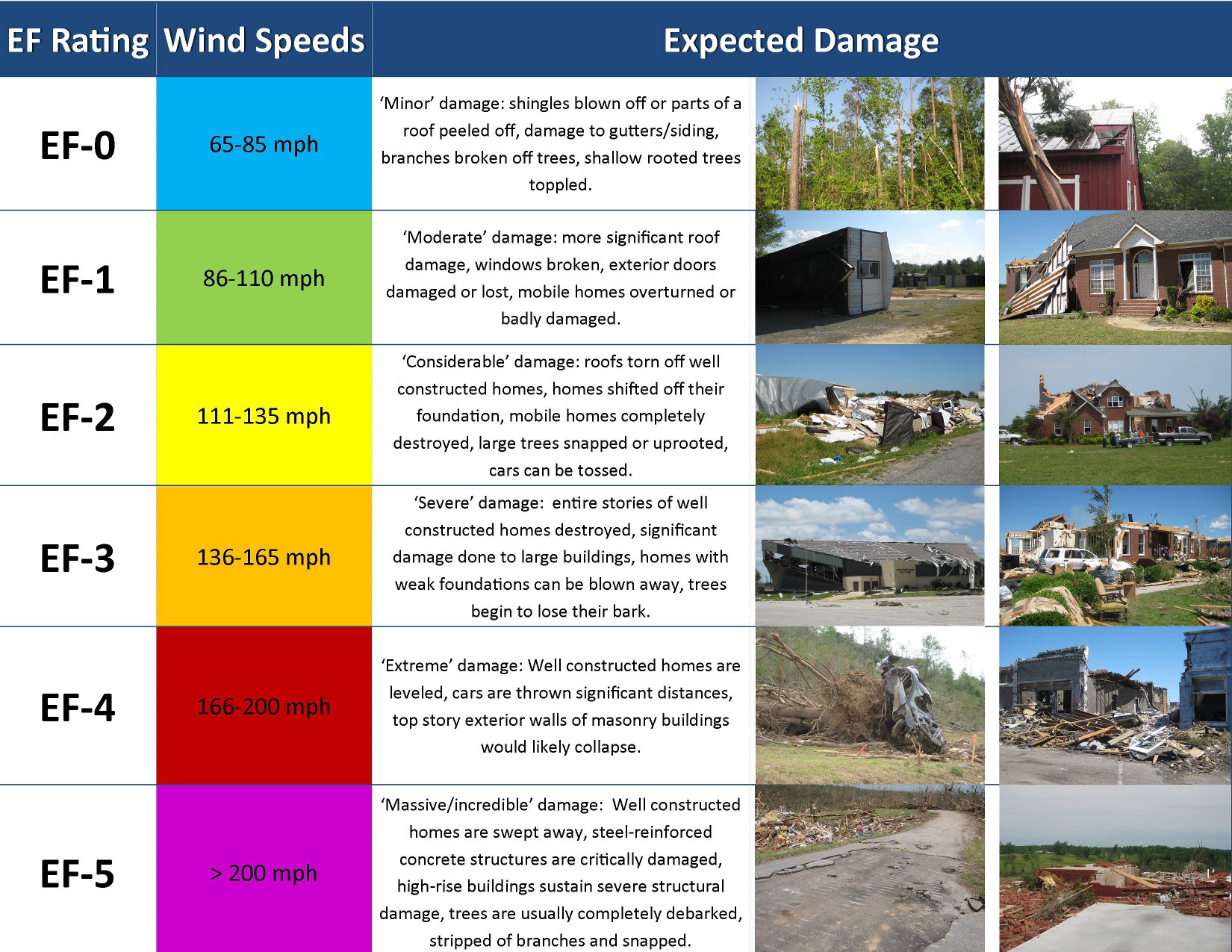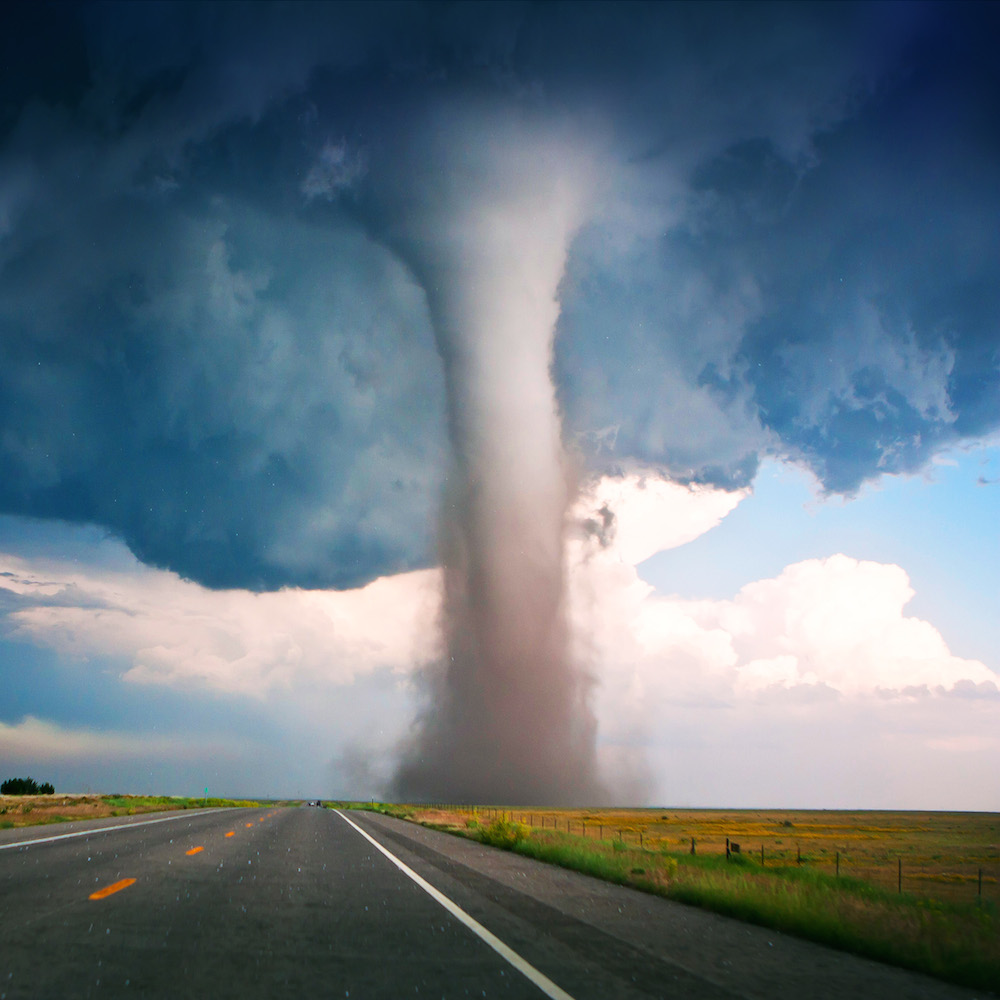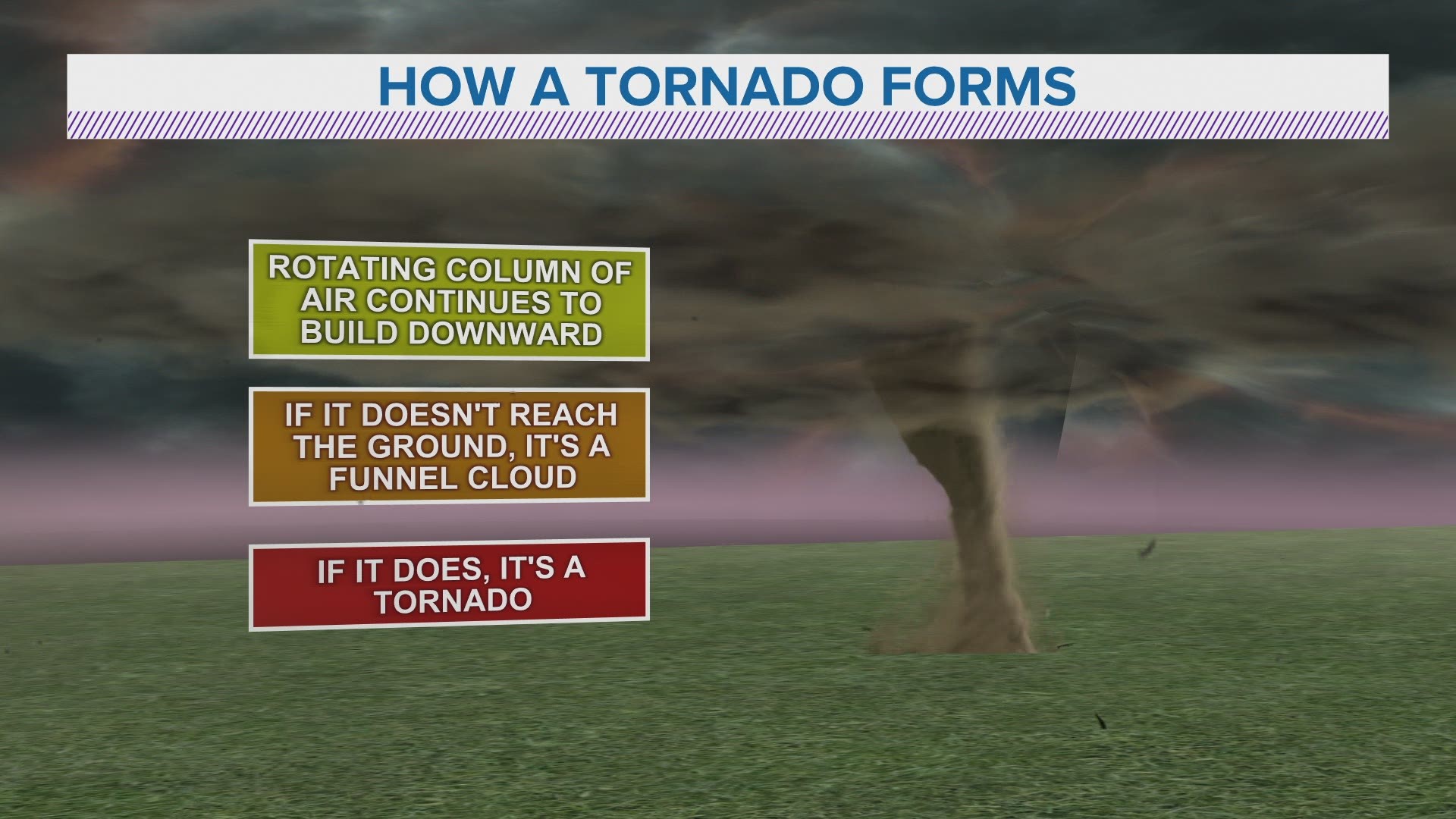Understanding Weather Tornadoes: Causes, Safety, And Science
Tornadoes represent one of the most formidable and unpredictable natural phenomena on our planet, capable of causing widespread destruction in mere moments. These violent storms are among nature's most dangerous forces, leaving behind trails of devastation and posing serious risks to lives and property. Gaining insight into the science behind tornadoes is essential for preparedness and safety. This comprehensive guide is designed to provide in-depth information about tornadoes, their formation, and strategies to stay safe during such events.
This article takes an in-depth look at every aspect of weather tornadoes, from the initial formation of a funnel cloud to the aftermath of a catastrophic storm. Whether you're an avid storm enthusiast, a resident in a tornado-prone region, or simply fascinated by weather patterns, this guide offers valuable insights to deepen your understanding and enhance your readiness for extreme weather events.
Our objective is not only to educate readers about the science of tornadoes but also to equip them with actionable knowledge to safeguard themselves and their loved ones. Let's explore the world of tornadoes and demystify the powerful forces behind these awe-inspiring yet perilous storms.
Read also:The Legacy And Evolution Of Nbc A Pillar Of American Broadcasting
What Are Tornadoes?
Tornadoes, often referred to simply as weather tornadoes, are violently rotating columns of air that extend from a thunderstorm to the ground. These atmospheric phenomena typically take the shape of funnels and can vary in diameter from a few yards to over a mile. Tornadoes are classified by their intensity using the Enhanced Fujita (EF) Scale, which ranges from EF0, the weakest, to EF5, the most destructive.
Tornadoes can occur in any part of the world; however, they are most prevalent in the United States, particularly in a region dubbed "Tornado Alley." This area, spanning the central portion of the country, experiences the highest frequency of tornadoes due to its unique geographical and atmospheric conditions, making it a hotspot for severe weather.
Key Features of Tornadoes
- Wind Speed: Tornado winds can reach astonishing speeds of up to 300 miles per hour, ranking them among the fastest wind events on Earth.
- Duration: While most tornadoes last only a few minutes, some can persist for over an hour, traveling vast distances and causing extensive damage.
- Path: Tornadoes often follow unpredictable paths, making them extremely difficult to forecast accurately. Their erratic movements can result in sudden changes in direction, adding to their unpredictability.
How Do Tornadoes Develop?
The formation of tornadoes is a complex process that requires specific atmospheric conditions. It begins with the development of a supercell thunderstorm, a type of storm characterized by a persistent rotating updraft. This rotation is critical to tornado formation, as it leads to the creation of a mesocyclone, which can eventually evolve into a tornado.
Factors That Contribute to Tornado Formation
- Wind Shear: Variations in wind speed and direction at different altitudes generate rotational motion within the atmosphere, setting the stage for tornado development.
- Instability: Warm, moist air near the Earth's surface rises and meets cooler air at higher altitudes, creating instability that fuels the growth of thunderstorms.
- Lift: A front or other weather feature provides the necessary lift to initiate the thunderstorm process, further enhancing the conditions for tornado formation.
These factors work in tandem to create the ideal environment for tornadoes to form, often resulting in severe weather outbreaks that can impact large areas.
The Enhanced Fujita Scale
The Enhanced Fujita (EF) Scale is a widely used tool for rating the strength of tornadoes based on the damage they inflict on structures and vegetation. The scale ranges from EF0 to EF5, with EF5 representing the most intense tornadoes. Each category corresponds to a specific range of wind speeds and the expected level of destruction.
EF Scale Categories
- EF0: Winds between 65-85 mph; minor damage to chimneys, branches broken off trees.
- EF1: Winds between 86-110 mph; roofs peeled off houses, mobile homes overturned.
- EF2: Winds between 111-135 mph; substantial damage to houses, large trees snapped.
- EF3: Winds between 136-165 mph; severe damage to houses, trains overturned.
- EF4: Winds between 166-200 mph; entire houses leveled, cars thrown significant distances.
- EF5: Winds exceeding 200 mph; houses swept away, cars lifted and flown long distances.
Tornado Alley: The Heart of Tornado Activity
Tornado Alley is a well-known region in the central United States where tornadoes occur most frequently. This area is particularly prone to tornadoes due to the convergence of warm, moist air from the Gulf of Mexico and cool, dry air from the Rocky Mountains. The clash of these air masses creates the unstable atmospheric conditions necessary for tornado formation.
Read also:Unveiling The Cia Headquarters A Hub Of Intelligence And Innovation
States Within Tornado Alley
- Texas
- Oklahoma
- Kansas
- Nebraska
- South Dakota
- Iowa
Although Tornado Alley is the most recognized region for tornado activity, other areas of the country, such as Dixie Alley in the southeastern United States, also experience frequent tornadoes, highlighting the widespread nature of these storms.
Historical Tornado Events
Throughout history, numerous significant tornado events have left an indelible mark on communities and advanced our scientific understanding of these storms. Among the most notable events are the Tri-State Tornado of 1925, the 1947 Woodward Tornado, and the 2011 Joplin Tornado.
Tri-State Tornado of 1925
The Tri-State Tornado, which occurred on March 18, 1925, is the deadliest tornado in U.S. history, claiming 695 lives as it traversed Missouri, Illinois, and Indiana. Maintaining an EF5 intensity for much of its path, the tornado traveled approximately 219 miles in just over three hours, underscoring its destructive power and longevity.
Ensuring Safety During a Tornado
Preparing for a tornado involves recognizing warning signs, developing a safety plan, and knowing where to seek shelter. The following tips can help ensure your safety during a tornado event.
Tornado Safety Guidelines
- Stay Informed: Monitor weather forecasts and alerts using trusted sources such as the National Weather Service to stay updated on potential threats.
- Identify Safe Shelter: Designate a safe room in your home, ideally a basement or an interior room on the lowest level, to provide protection during a tornado.
- Prepare an Emergency Kit: Assemble an emergency kit containing essential items such as water, food, medications, flashlights, and a battery-powered radio to sustain you during and after the storm.
Aftermath and Recovery
Following a tornado, it is crucial to evaluate the damage, ensure safety, and begin the recovery process. This includes checking for injuries, securing your property, and contacting emergency services if necessary.
Steps for Recovery
- Inspect Damage: Carefully assess the structural integrity of your home and report any issues to the relevant authorities to facilitate repairs.
- Seek Assistance: Reach out to insurance companies and disaster relief organizations for support in rebuilding your life after a tornado.
- Stay Informed: Stay updated on recovery efforts and heed any additional safety warnings to ensure ongoing protection.
Scientific Research and Technological Innovations
Advances in meteorology and technology have significantly enhanced our ability to predict and respond to tornadoes. Doppler radar, computer models, and satellite imagery are just a few of the tools scientists employ to study these storms and issue timely warnings, saving countless lives in the process.
Future Developments in Tornado Science
Ongoing research aims to deepen our understanding of tornado dynamics and improve forecasting accuracy. Innovations such as unmanned aerial vehicles (UAVs) and advanced sensors are being explored to gather more comprehensive data on tornado formation and behavior, paving the way for even more effective warning systems in the future.
Conclusion
Tornadoes are powerful and unpredictable forces of nature that demand our respect and understanding. By learning about their formation, staying informed about potential threats, and preparing for emergencies, we can better protect ourselves and our communities from the devastating impact of these storms. Remember to remain vigilant, follow established safety guidelines, and share this knowledge with others to foster a safer and more informed society.
We encourage you to share your thoughts and questions in the comments section below. For additional information on weather phenomena and safety tips, explore our other articles. Together, we can create a more resilient and prepared future.
Table of Contents
- What Are Tornadoes?
- How Do Tornadoes Develop?
- The Enhanced Fujita Scale
- Tornado Alley: The Heart of Tornado Activity
- Historical Tornado Events
- Ensuring Safety During a Tornado
- Aftermath and Recovery
- Scientific Research and Technological Innovations
- Conclusion


